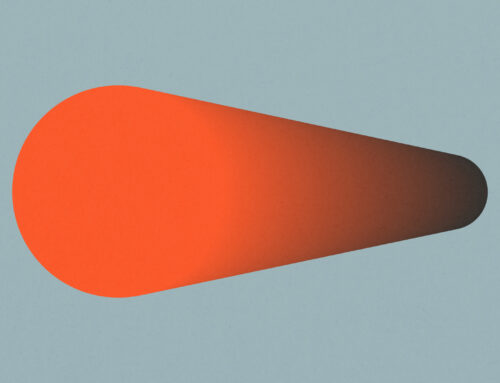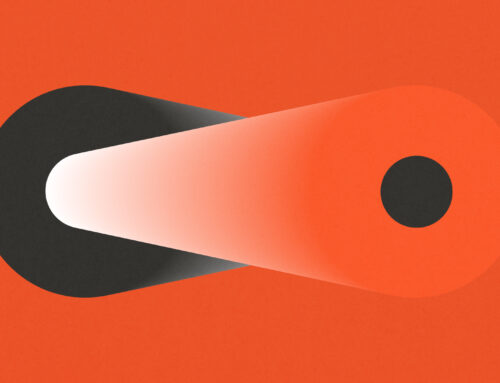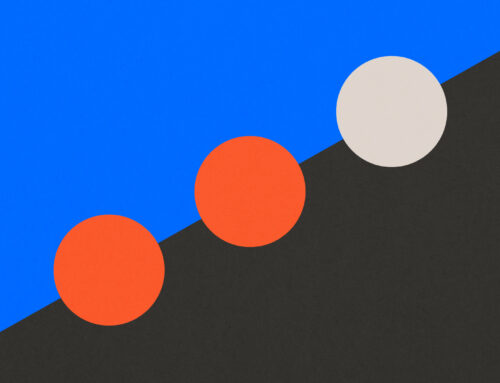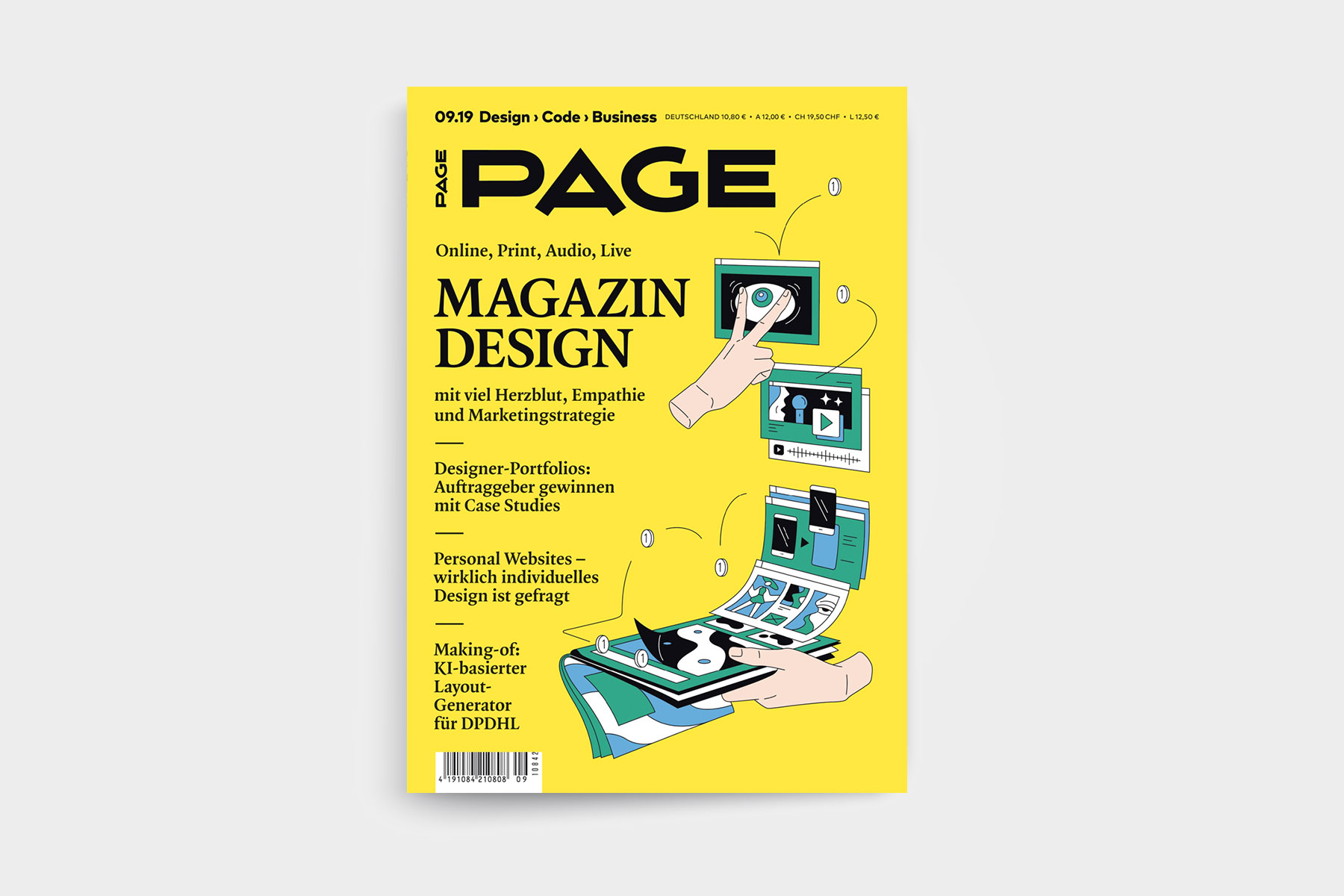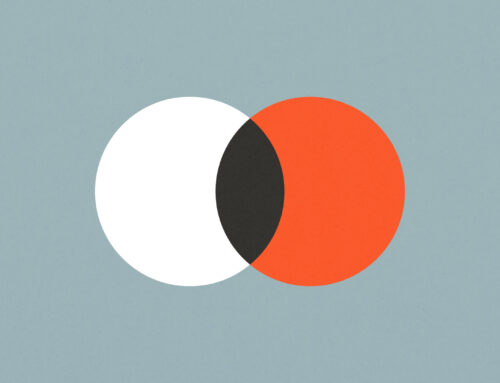Digital System Design
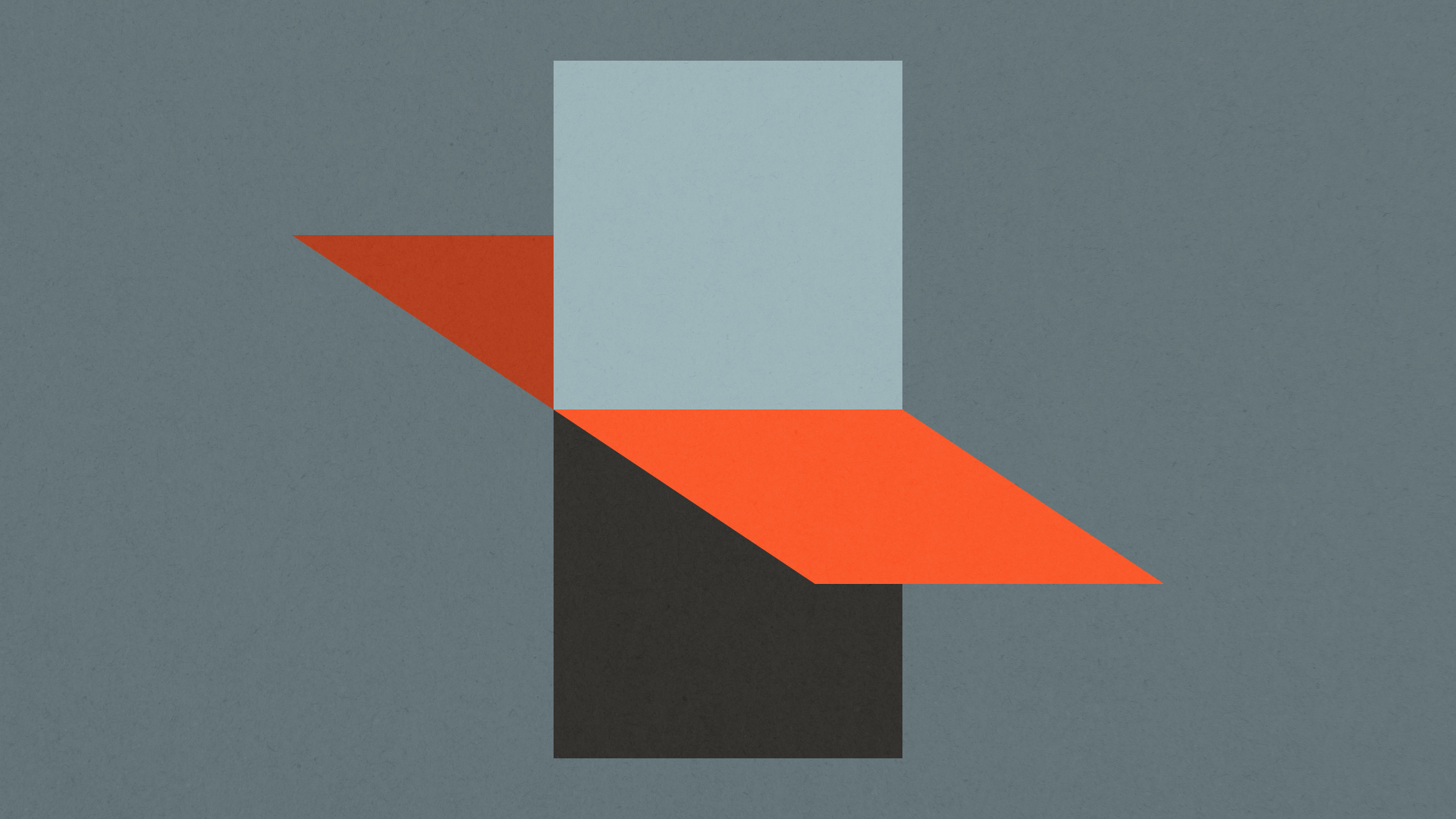
Von Philipp Thesen | June 2019
The days in which a designer could be experimental and conceive a number of different shapes to present to clients, who would then choose their preferred variation, are over. As algorithms take over these tasks for us sooner or later, designers need to consider how they want their professional future to look. One possible future: Digital Product Service and System Design, or Digital System Design in short.
A somewhat unwieldy term, Digital System Design, describes something that many designers working today already take for granted. No longer designing individual (digital) products, they now design complete business ecosystems.
To create a seamless, coherent, satisfying and at best inspiring customer experience today, it takes more than just surface beauty and good design interaction. Customer experience has moved beyond the product itself or service alone; it is the result of the structure and system behind it. In order to be able to take a holistic view of these aspects, designers must look at and understand business processes and infrastructures – without losing sight of the user and consumer, of course.
Design must be integrated into the company
In order for this to occur, design has to be either integrated into or maintain strong links within the company, if only to gain the necessary insights into structures and processes. The involvement of all departments is also essential for further development and design. A digital ecosystem that delivers seamless customer experiences can only be created and maintained on an interdisciplinary basis and across many departmental boundaries. In addition, employees who are actively involved in the design process are much more convinced and passionate about it – which can be felt in the final product.
Digital System Design, as a result, is particularly in demand in large and complex organizations where many departments work on different products and services. These companies often find it particularly difficult to get their employees to build interdisciplinary networks – not least because this approach to working calls into question the traditional organizational charts and processes that worked well up until digitalization. But as new age has dawned, new approaches and a new self-identity are required. They must be found and established.
A customer has different touchpoints with a company along his or her customer journey: From the first contact with the brand to the purchase, use, upgrades and service (then starting over again from the beginning). Sometimes this contact is with a human, sometimes with a machine. Making this whole construct seamless and coherent is the job of the Digital System Designer.
Designers who want to design digital products, services and systems need a deep understanding of business processes and procedures. They also need to know the ways in which digital markets and platforms functions, and to understand the effects of digitalization on production, innovation, and the world of work. Along with those qualities, they need curiosity and a desire to experimentally explore digital technologies and their application in design.
Various design disciplines and competencies intertwine here: UX designers with research strength, information architects with the ability to organize complex systems, interface designers with design competence, developers with an understanding of technical feasibility, interaction designers with knowledge of human nature, talented craftsmen for model construction and digital prototyping – and, of course, project managers with an understanding of design, who bring in the entrepreneurial perspective and steer the process.
The lines between disciplines are increasingly blurry. With software such as Sketch, for example, visual designers today can easily create wireframes. And intuitive prototyping tools allow collaboration directly with the customer without having to involve developers at every step. Only those who have an understanding of the related professional fields and an all-encompassing view of the desired result can do their job really well.
A newcomer to the profession will not likely bring these skills to the table. Rather, it is a job profile into which you grow over the course of your professional life. Nevertheless, universities would do well to teach students not only about design and methodological skills, but also to broaden their view of strategic and organizational processes within companies. Some universities are already doing this in combined courses of study, which are usually designed as Master’s programs.
Mediator between technology and the living environment
The expansion of this skill set denotes a shift in the designer’s professional field, moving away from the design of modes and interactive functions and towards the multidisciplinary digital design of integrated user experiences. In innovation processes, designers must articulate the needs of customers and integrate them into economically sustainable solutions using new technologies. In doing so, they contribute significantly to the digital transformation of products, processes and business models in the economy.
A key task of design is to mediate between technology and the living environment so that products and services are ultimately relevant for customers and offer added value. Only then do they contribute to a company’s economic success. In this way, design makes a significant contribution to the humanization of technology. Seen in the light of the increasing merging of the real and virtual worlds and the rapid rise of artificial intelligence, design is facing major and far-reaching responsibilities for our future.
Designers must accept this responsibility – and fight for the right to bear it. Digital System Design is a professional field that in practice has not yet been clearly defined or delineated. This brings with it not only uncertainty but also incredible opportunities. In the current transformation process, designers who are open to new ideas and who are interested in overarching tasks and integrated design have the opportunity to discover and create a new, comprehensive field of work for themselves – in order to help shape the economy, society and the future.

